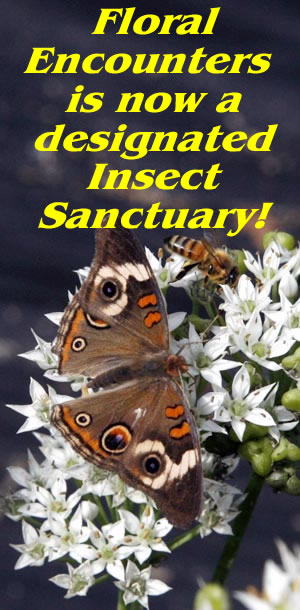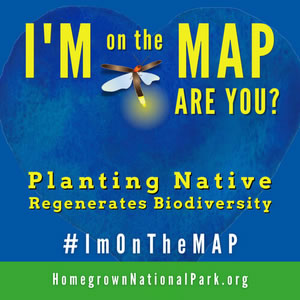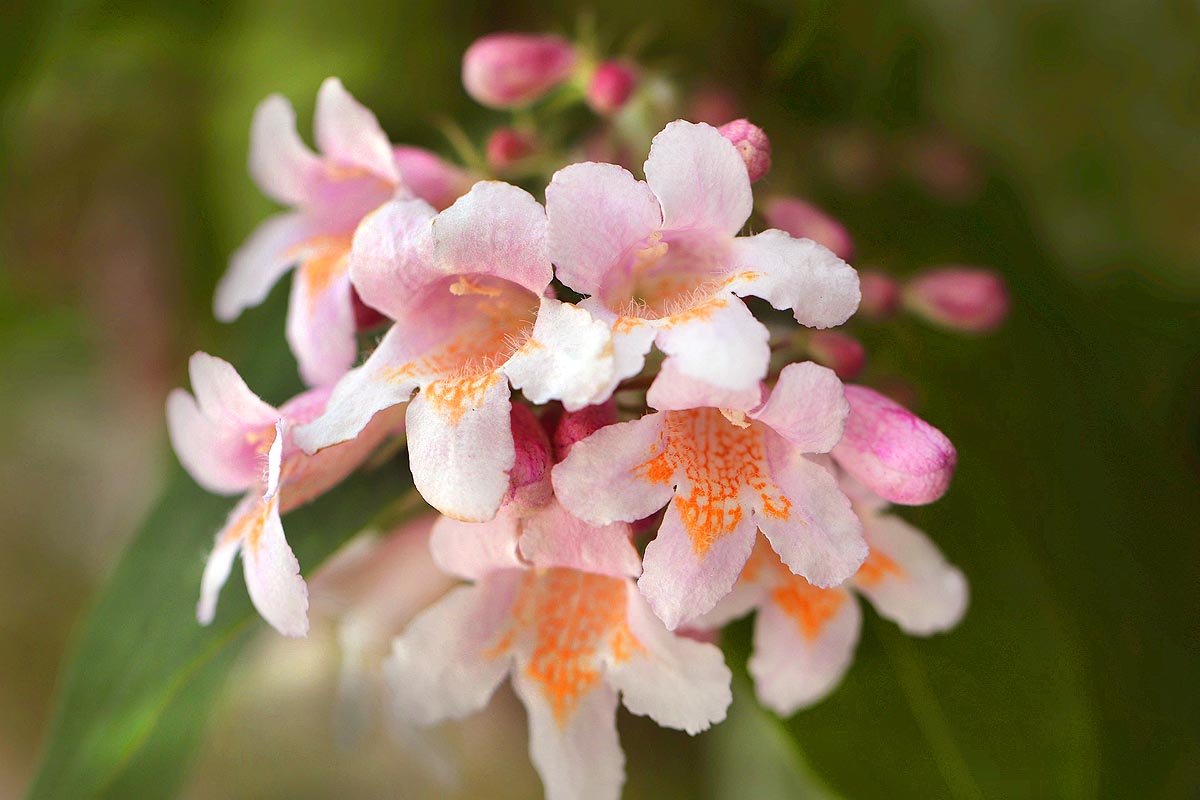Named because of massive flower production covering the shrub completely in beautiful pink blossoms with yellow throats in mid spring. The shrub has an interesting shape with narrow base and arching drooping branches reminiscent of a vase with overflowing with cascading blooms. Flowers are of course a magnate for all pollinators and are usually covered in butterflies bees as well as humming birds. Its also fairly deer resistant although they will eat the flowers on occasion. (they like the sweet nectar too). Needs full sun for best blooming but its not fussy about soil type and fairly drought tolerant once established. A real beauty in any garden. Hardy from zones 4-8 its easy to grow but does need some stratification before it will germinate so start seeds early for best results.
Each arching branch has sub-branches that in turn support the leaves which are arranged in opposite pairs that are broadly ovate with rounded base and tip, 1-3 inches (2.5-8.5 cm) long and 0.6-2.5 inches (1.5-5.5 cm) wide very lightly serrated at the edges and dull blue green in color above but paler beneath. In mid spring flowers are borne in large clusters at the ends of each branch each being a fused 'tube' of fused petals with three lobes at the base and two at the top in a light to medium pink color with darker areas on the top petals 0.6-1 inches (1.5-2.5 cm) long and the same width. The flower throat has a pattern of bright yellow markings leading pollinators inside to the pollen and stigma. Flowers appear in such profusion that they totally cover the bush that can reach 10 feet (3m) in height but branches are much longer as they arch over and droop almost to the ground. This makes the plant attractive even after the flowers have faded. The flowers are followed by fluffy seed capsules fronted by red/brown thin five pointed star sepals, (the remainder of the flower) that offer more interest during the late summer and autumn/fall and can persist on the shrub after the leaves have fallen.
Soak seeds in tap water at room temperature for 24 hours to allow the seeds to swell and encourage germination. Next read our Stratification instructions and choose a method that is best for you. Stratify seeds for 90 days. Once complete sow seeds about 1/4 inch (5mm) deep in good seeding mix and place in cool to warm area to germinate. Do not place in hot area and do not use a heat pad. Most seeds will germinate within 60 days but some may be stubborn and not do so for many months. Any pots that dont germinate should be placed in a outside lightly shaded location and kept moist. Leave over the winter is necessary and discard following summer if nothing has appeared. (except weeds you are going to get weeds on outside pots).
It needs a well drained soil and likes a lot of organic material for best results. However its not really fussy about the type of soil at all or the pH. It will tolerate alkaline soils and grow on chalk as well as heavy clay provided it will drain. It will also tolerate growing near Black Walnut trees which many plants are unable to do.
Will need watering until established but is then usually fine alone unless there is a severe drought or your area gets very little rain.
Pruning. This bush can certainly benefit from a good prune every year or so once it becomes established as new long canes are usually produced every year it can quickly become a thicket and the older ones can die out often making the bush suffer if not removed. Prune after the bush has flowered and then remove a few older canes every year to allow for good air flow through the bush and give new canes space to grow. Flowers are borne on old wood so take care not to prune to vigorously or flower production the following year will be reduced. Plants can also sucker along the base forming a thicket so prune out to keep the bushes shape unless used in mass as screen when suckering is usually encouraged.
If shrub becomes too unruly they can be hard pruned right to the ground in early or late winter or immediately after flowering. Established plants will regrow and can be pruned and trained to the desired shape.







